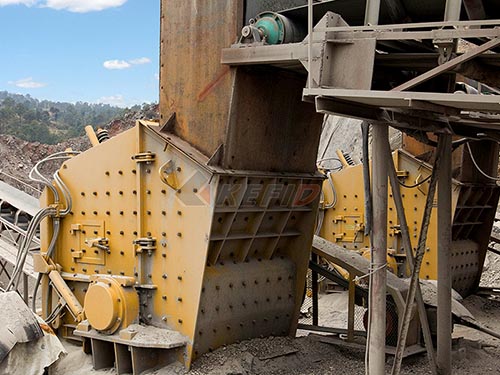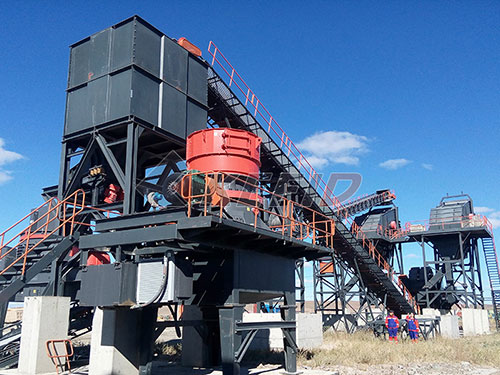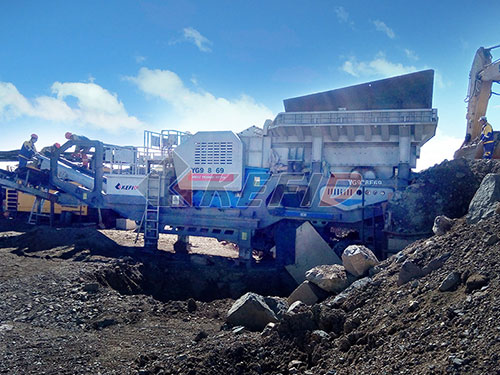City Crusher Jaw Plates Spares For Parker
The Critical Role of Quality Jaw Plates: Keeping Your Parker City Crusher Crushing

Within the demanding world of aggregate processing, the Parker City Crusher stands as a reliable workhorse for primary crushing applications. Its robust design and proven performance make it a popular choice. However, like all jaw crushers, its operational efficiency and longevity hinge significantly on one crucial component: the jaw plates. Selecting and maintaining the correct replacement jaw plates isn't just a spare part purchase; it's an investment in your crusher's productivity and your bottom line.
Understanding the Wear Challenge
Jaw plates bear the brunt of the crushing action. They directly engage with hard, abrasive feed material – rock, concrete, demolition debris – undergoing immense pressure and friction with every cycle. This relentless assault leads to inevitable wear:
Material Loss: Gradual erosion of the plate profile.
Work Hardening & Cracking: Repeated impact can harden surfaces but also induce fatigue cracks.
Reduced Capacity: Worn profiles decrease nip angle efficiency and throughput.
Poor Product Shape: Incorrectly profiled or excessively worn plates yield flaky or oversized product.
Increased Downtime: Premature failure necessitates unplanned stops for replacement.
For Parker City Crusher operators, using substandard or ill-fitting jaw plates accelerates these problems, leading to frequent costly replacements, compromised output quality, and diminished overall equipment effectiveness.
The Solution: Precision Engineered Replacement Jaw Plates
High-quality replacement jaw plates specifically engineered for the Parker City Crusher are essential to combat wear effectively and maximize crusher performance. Here’s what sets them apart:
1. Exact Fit & Compatibility: Precision manufacturing ensures seamless integration with your specific Parker City Crusher model (e.g., 800x500, 1000x600 etc.). Perfect fitment is critical for optimal crushing geometry (nip angle), efficient power transfer, preventing unnecessary stress on other components like bearings and shafts, and avoiding material bypass which accelerates wear elsewhere.
2. Superior Wear Materials:

Manganese Steel (Mn14%, Mn18%, Mn22%): The standard choice offering excellent work-hardening properties – surfaces become harder under impact, improving wear resistance while maintaining core toughness to resist cracking. Grades vary based on abrasiveness; Mn18% is common for general quarry use.
Enhanced Manganese Alloys: Modified chemistries (e.g., additions of Chromium - CrMo / CrMo


